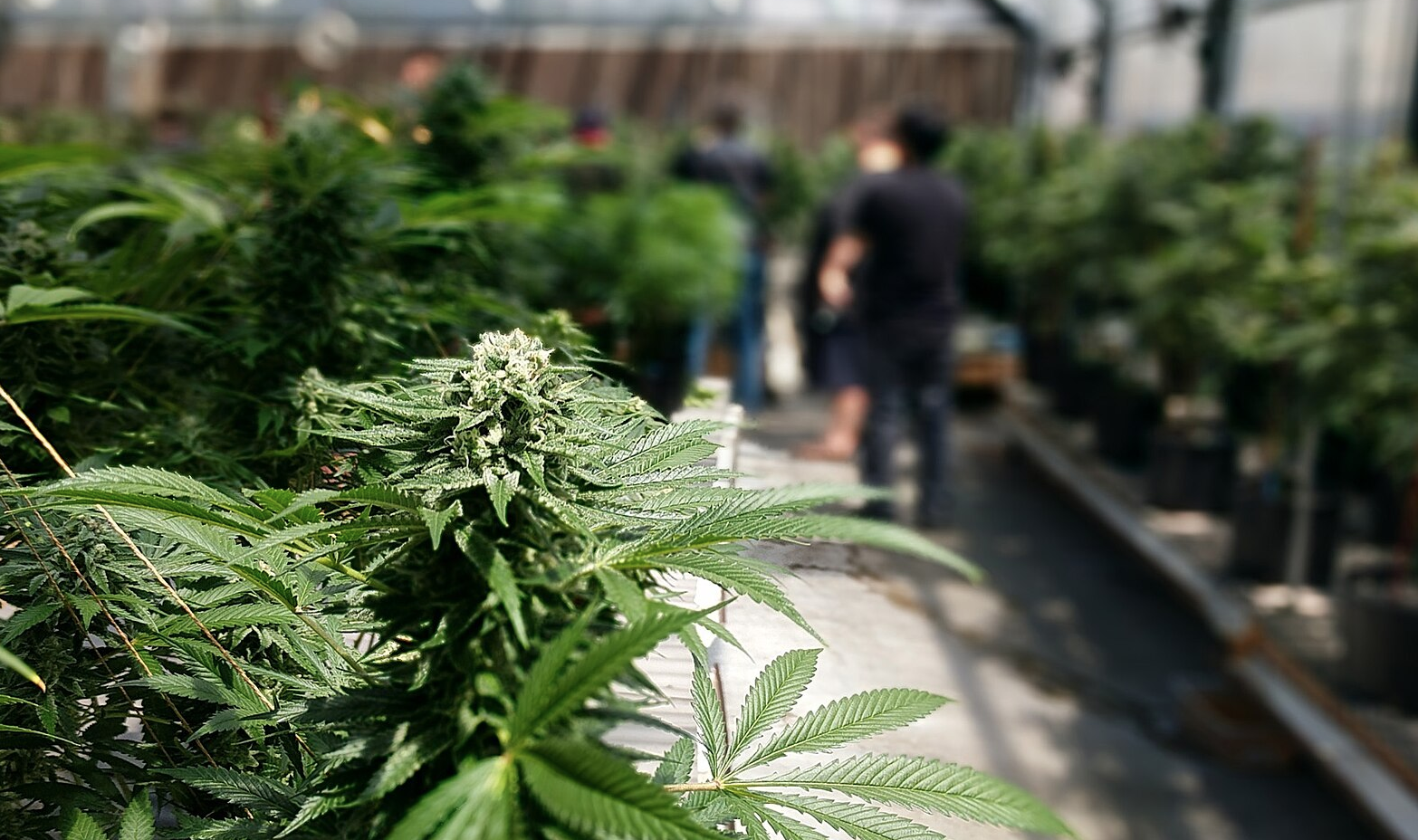
This article was originally published on American Conservative. You can read the original article HERE

Billboards for marijuana dispensaries dot the drive along Interstate 80/90, which runs through northern Ohio and northern Indiana. Until last November, recreational cannabis was illegal in both states, but the billboards have littered the interstate for several years, advertising dispensaries located just north of the Michigan border, to which I-80/90 runs parallel.
Once across the Michigan border, recreational cannabis dispensaries abound, providing a convenient stop along the drive for passers-through or an easy destination for residents of northern Ohio and Indiana. Though Ohio legalized recreational weed with a 2023 ballot initiative, the state’s licensing framework will take some time to implement. So, for now, Michigan holds the monopoly on marijuana in the northern Midwest.
Weed has long been a Western problem. The San Francisco activists Harvey Milk and Dennis Peron pushed for the legalization of so-called medical marijuana in California amidst the HIV/AIDS epidemic in the late 1990s, and Oregon, Washington, Alaska, and Nevada soon followed suit. In 2012, Colorado and Washington were the first states to legalize recreational weed. Since California’s legalization measure passed in 2016, the Golden State led the nation in recreational marijuana sales—until now.
For the first time, Michigan dispensaries have overtaken the California weed market, selling more units of marijuana—grams of cannabis, pre-rolls, gummies, and the like—than California dispensaries. California’s market remains larger in terms of dollar sales, selling $5.1 billion in recreational marijuana in 2023, compared to Michigan’s $3 billion in sales. Then again, a one-gram pre-roll joint on sale at a dispensary in Los Angeles costs $17.50, while the same product sells for $7 in Ferndale, a suburb of Detroit.
With one-quarter the population of California, Michigan’s booming cannabis economy has been driven just as much by out-of-state consumers and government incentives as by local potheads.
Dispensaries along Michigan’s border see frequent visits from residents of neighboring states. Just a mile north of the Ohio border, Morenci is Michigan’s southernmost town. Six marijuana dispensaries operate within a half-mile radius, serving the local population of 2,200—and customers from across the border. Morenci city administrator Jeff Hall said there was “quite a lengthy list” of cannabis dispensaries that wanted to obtain an operating license.
Farther east, about half of the customers at dispensaries in Monroe Township, just across the border from Toledo, are Ohio residents. Township supervisor Alan Barron said that out-of-state customers are responsible for 70 percent of cannabis sales in Monroe Township. Even though medical marijuana has been legal in Ohio since 2016, customers can buy cannabis for one-quarter the price in Michigan.
Communities along the state’s northern border with Wisconsin have seen the same boom in cannabusiness. Dispensaries have sprung up in towns like Ironwood, Iron River, Iron Mountain, and Menominee, eager to capitalize on close proximity to Wisconsin consumers. Local shops estimate that 85 percent of sales are to out-of-state customers. Transporting marijuana across state lines remains illegal, but cops lying in wait over the Wisconsin border isn’t enough to dissuade “pot pilgrims” from crossing into the Upper Peninsula for pot.
Out-of-state customers aren’t the only people frequenting Michigan’s dispensaries. In 2020, one in five Michigan residents used cannabis, a 75 percent increase from 2010. And though only about 10 percent of municipalities in the state allow recreational sales, the state is home to nearly one thousand dispensaries—8.2 percent of the nation’s pot stores—according to Cannabiz Media. But the communities that have opted to license recreational sales are rewarded by the state.
Though excise taxes are levied to discourage consumption, Michigan’s recreational marijuana scheme directly rewards communities that permit the sale, possession, and use of recreational marijuana. Municipalities and counties are awarded nearly $60,000 for each licensed dispensary within their boundaries, and the state increased the amount awarded per license by $7,000 over the past year.
Subscribe Today
Get daily emails in your inbox
In 2024, the state awarded a record $87 million to local and county governments, with five cities and 14 counties collecting more than $1 million from the state treasury, drawing from over $290 million in the Marihuana Regulation fund. For instance, Monroe Township, the marijuana mecca for Toledo residents, budgeted for $500,000 in kickback for fiscal year 2023 but received nearly double that amount.
The state has a stake in the continued growth of the marijuana economy. Two public universities in Michigan offer undergraduate degrees in cannabis studies. Lake Superior State University in Sault Ste. Marie offers degrees in both cannabis chemistry and cannabis business. Three hours west in Marquette, Northern Michigan University is home to a major in Medicinal Plant Chemistry and the Cannabis Studies department.
Demand in Michigan for recreational marijuana hasn’t grown naturally since legalization in 2018. The state’s licensing framework effectively undermines the excise tax by subsidizing the counties and municipalities that license dispensaries. Between thousands of out-of-state consumers and millions of dollars poured into weed-friendly communities, it’s no surprise that Michigan’s cannabis industry has ballooned into the nation’s largest market. And just like the weed they’re selling, the demand is far from organic.
This article was originally published by American Conservative. We only curate news from sources that align with the core values of our intended conservative audience. If you like the news you read here we encourage you to utilize the original sources for even more great news and opinions you can trust!










Comments